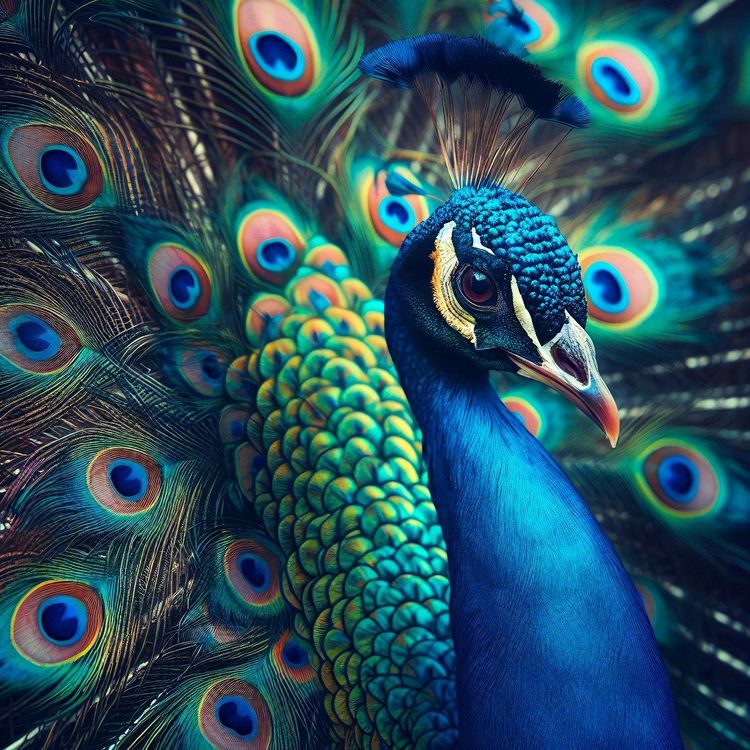OpenAI Study Reveals That Even Bots Can Cheat in Hide-and-Seek Games
Most people like

Introducing an AI-Powered Platform for Enhanced Video Accessibility
In today’s digital world, ensuring video accessibility is crucial for engaging diverse audiences. Our innovative AI-driven platform transforms video content by automatically generating captions, transcripts, and translations, making it accessible to everyone, including individuals with hearing impairments and non-native language speakers. Join us in making video content universally accessible, unlocking the full potential of your media for all viewers.

Discover the ultimate job search platform designed exclusively for machine learning professionals. Connect with top companies and explore tailored job opportunities in the ever-evolving field of machine learning. Start your journey towards your dream job today!

Unlock the potential of neuroscience to gain deep insights into consumer responses. By utilizing cutting-edge brain science techniques, businesses can better understand how customers think and make decisions, leading to more effective marketing strategies and enhanced product development. Gain a competitive edge by predicting consumer behavior with precision.
Find AI tools in YBX




